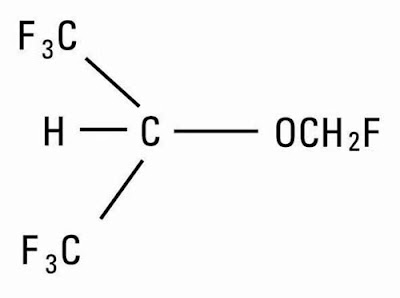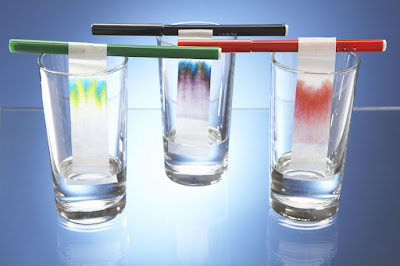Advancements in Sports Medicine Devices
 |
| Sports Medicine Devices |
Sports medicine is a dynamic field that continues to evolve with new technologies and devices to prevent, diagnose, and treat injuries sustained by athletes. As athletes push their bodies to perform at higher levels, the demand grows for innovative sports medicine solutions.
Imaging Technologies
Advancements in imaging technologies have provided physicians with more
detailed views of the musculoskeletal system with Sports Medicine Devices to facilitate accurate diagnosis and monitoring of
healing.
Magnetic Resonance Imaging (MRI)
Considered the gold standard for soft tissue imaging, MRI continues to play a
vital role in sports medicine. Newer MRI machines can capture higher resolution
images in less time. This allows physicians to better visualize ligament tears,
muscle strains, fractures and other abnormalities. Portable MRI units are also
becoming more widely available, enabling imaging to occur on-site at sporting
events when needed.
Ultrasound
Advances in ultrasound technology have made it a popular first-line imaging
option. Compact, affordable ultrasound machines with high frequency transducers
provide quick, radiation-free imaging of muscles, tendons and ligaments. Many
athletic trainers now have portable ultrasound units for on-field examinations.
Emerging developments like elastography ultrasound can measure the elastic
properties of tissues to assess tendon or muscle injuries.
Treatment and Rehabilitation Devices
A range of new treatment modalities and rehabilitation devices help athletes
recover from injuries and return to play.
Electrostimulation and Shockwave Therapy
Pulsed electromagnetic field therapy (PEMF), laser therapy, and extracorporeal
shockwave therapy (ESWT) use non-invasive stimuli to accelerate healing of
chronic muscle and bone conditions. ESWT uses high-energy shockwaves to break
up calcifications, stimulate blood flow and promote tissue regeneration.
Bracing and Supports
Advancements in materials allow for lighter, more comfortable bracing and
supports. 3D printing is being used to create customized braces, splints and
orthotics tailored to an individual athlete's biomechanics. Compression sleeves
and tapes also provide protection and circulation support during recovery.
Rehabilitation Equipment
Functional movement equipment like anti-gravity treadmills allow for
weight-bearing exercise and gait training earlier in the rehab process. Virtual
reality systems integrate gamification into exercise to motivate neuronal
re-training and make sessions more engaging. At-home devices allow athletes to
continue their rehab programs independently.
Surgical Advancements
New surgical techniques and tools
minimize recovery times:
Arthroscopic Surgery
Small incision arthroscopic procedures are the standard for treating shoulder
and knee injuries. Advancements in visualization, instrumentation and knowledge
of anatomy have expanded the types of conditions that can be addressed
arthroscopically.
Scope for Improvement
While significant progress has been made, further advancement is still needed
in some areas:
- Wearable sensor technology. Devices to continuously monitor biometrics like
muscle activity, breathing, heart rate during activity could provide valuable
diagnostic data.
- Regenerative medicine. Continued research into platelet rich plasma
injections, stem cells and other mechanisms may expand non-surgical repair
options.
- Return to play protocols. Evidence-based guidelines accounting for individual
factors can better minimize reinjury risk upon return to competition.
As technological frontiers continue shifting, sports medicine looks poised to
offer athletes even greater access to non-invasive, personalized, data-driven
care - equipping them to compete at the highest levels while sustaining long,
healthy careers. The advancements discussed here reflect sports medicine's
commitment to safety, performance and helping athletes heal.
Get More Insights on this Topic- https://www.trendingwebwire.com/sports-medicine-devices-enhancing-athletic-performance-and-preventing-injuries/



Comments
Post a Comment